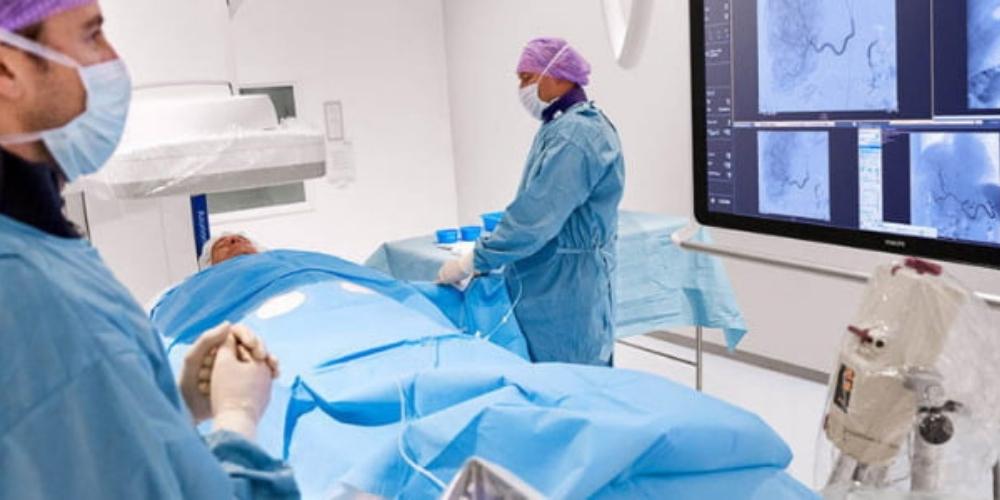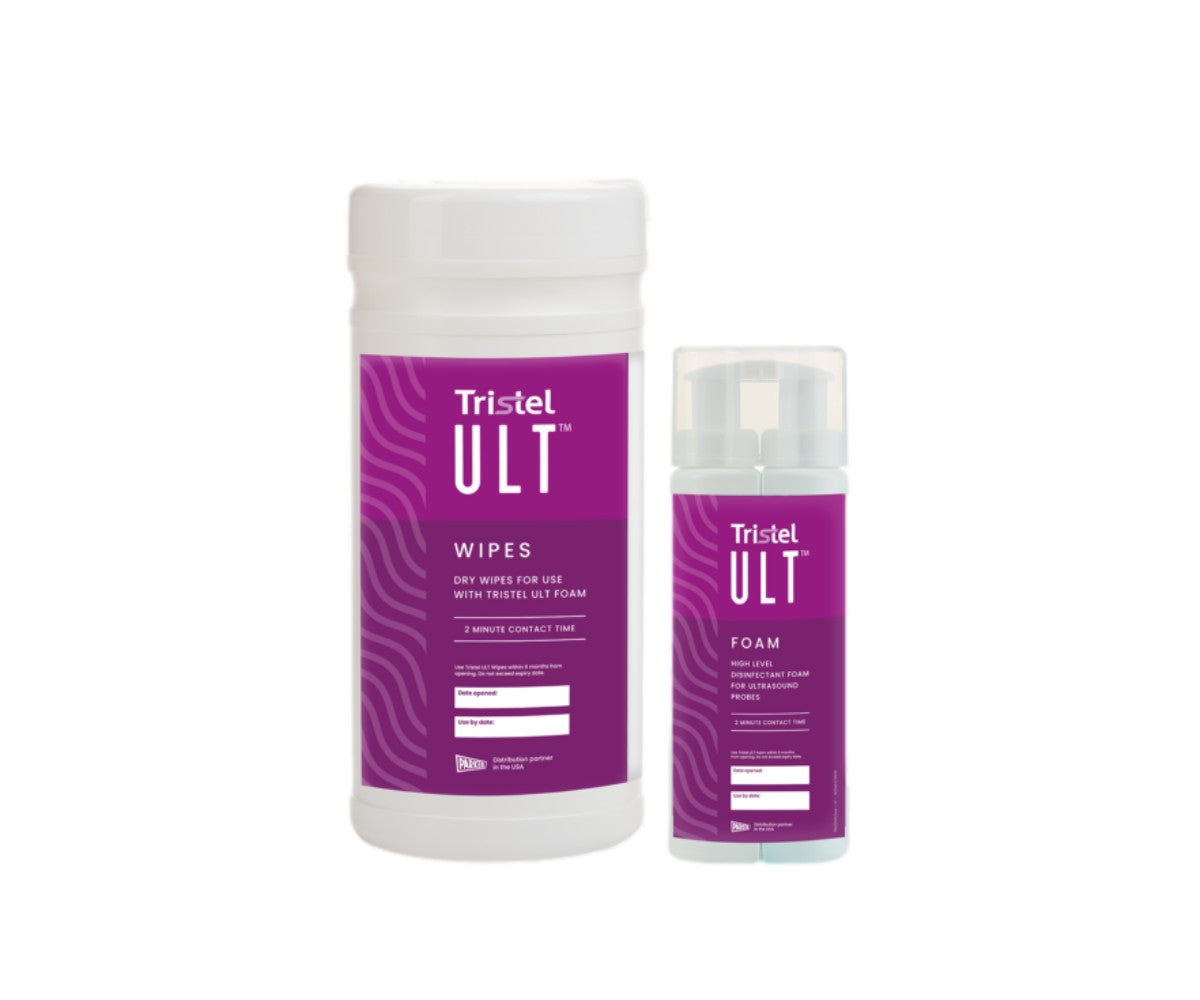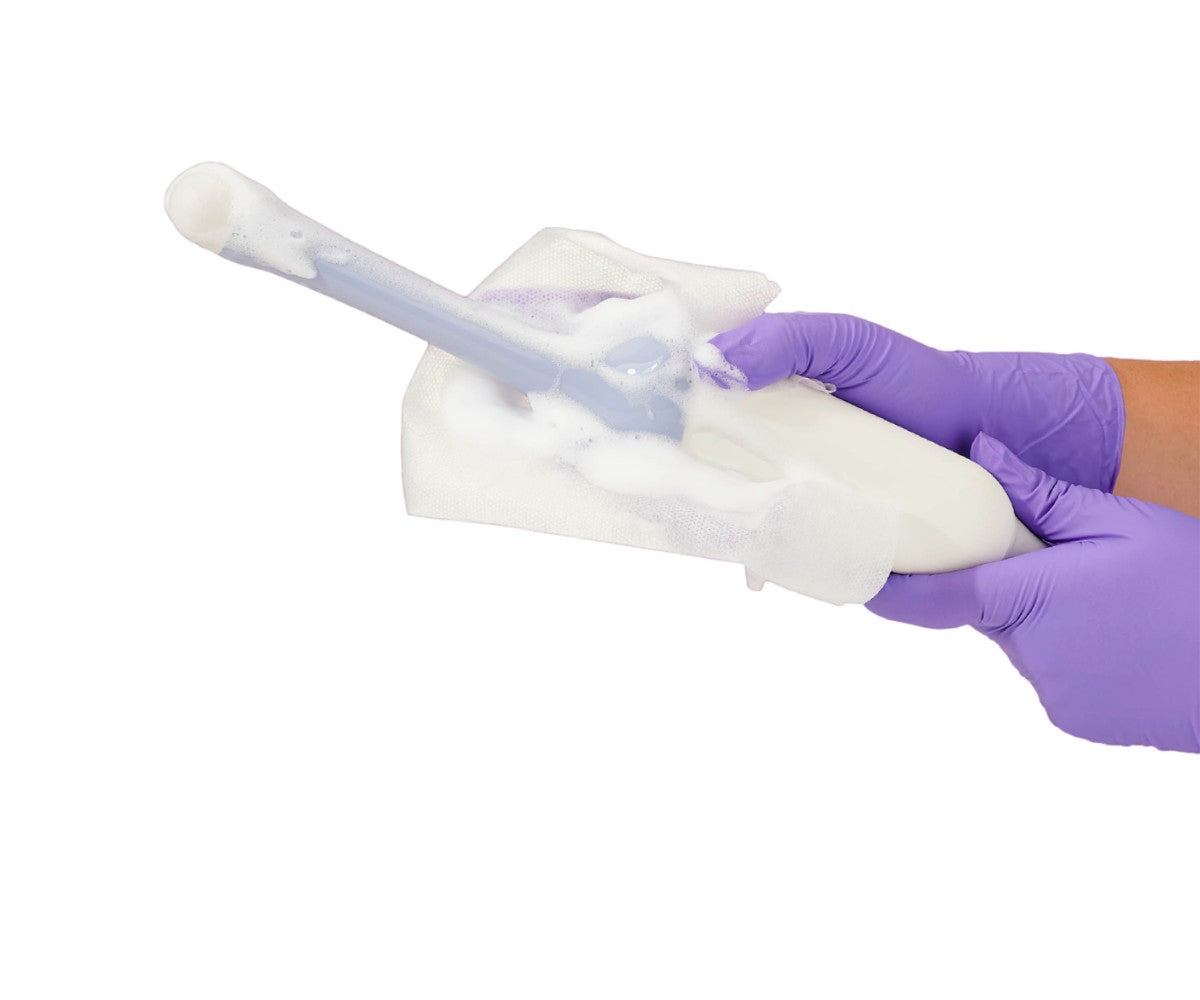Lead equivalence is an important factor when choosing your radiation protection apron. Radiologists and support staff working in interventional settings where exposure to scatter radiation is prolonged must take into account the lead equivalence of their protective gear to ensure that the effects are minimized as much as possible.
Lead equivalence signifies the thickness of the lead affording the same attenuation as the material. While standard lead is most commonly used as the core material in radiation aprons, lead equivalence may still be used as a measure in aprons which have a lead-free core material. This is used as a shielding value for radiation aprons as well as other protective material, such as radiation glasses and gonad shields. It is important to note that the attenuation of radiation is a decrease in its intensity by transmission through matter. Thus, the degree to which a protective material, such as a radiation apron, will attenuate incoming radiation is inherently tied to its lead equivalence.
Choosing a radiation apron can often feel like a complicated task which is why we’ll break down some of the factors you should take into consideration when selecting your apron.
There are two main lead equivalence types for radiation aprons: 0.25 mm and 0.50 mm. Radiologists and other imaging professionals should note that .25 mm lead equivalence is considered the minimum for a radiation apron. This principle should be applied to both clinicians and patients who are exposed to scatter radiation, which is also sometimes referred to as secondary radiation.
However, interventional radiologists and cardiologists conducting longer procedures where x-ray exposure may be prolonged, should opt for an increased lead equivalence. This is where 0.50 mm equivalence comes in. Being thicker, it is able to attenuate more radiation, thus providing increased protection when necessary.
Here are important details to note about each lead equivalence type:
Radiation aprons with a lead equivalence of 0.25 mm are lighter than their 0.50 mm counterparts due to their decreased thickness. On average, these aprons weigh between 2-11 lbs and may be referred to as “lightweight aprons” by the manufacturer. Lead aprons with 0.25 mm equivalence are able to attenuate 75% of the x-ray beam at 50 kVp. When the x-ray beam is at 100 kVp, they are able to attenuate 51% of it.
On the other hand, radiation aprons with a lead equivalence of 0.50 mm are thicker and heavier. This increased thickness translates to increased protection. These aprons typically weigh between 3-7 kg and are considered the heavier choice amongst lead aprons. Aprons with 0.50 mm equivalence are able to attenuate nearly the entire x-ray beam at 50 kVp: 99.9%. At 100 kVp, these aprons attenuate 75% of the x-ray beam.
It is important for radiologists to take into account the weight of their lead apron. While heavier aprons may provide increased protection, their increased weight could lead to back strain and in some cases injury. This is especially true when conducting longer procedures in which the apron must be worn for prolonged periods of time. To offset the weight of the 0.50 mm protection, some manufacturers offer a full overlap option which uses two overlapping panels of 0.25 mm to provide .50 mm protection at the overlap point. This makes the apron lighter than a regular option which can come with two panels of .50 mm.
Additionally, some manufacturers have created aprons with a lead equivalence of 0.35 mm. The performance of this equivalence type is between that of the 0.25 mm and 0.50 mm. These aprons can be considered the “middle ground” between both types; however, it is important to note how much attenuation they offer and whether or not it is sufficient for the needs of the clinician depending on the procedure and level of x-ray exposure.
Moreover, radiologists should take into account the core material of their apron. The level of attenuation can vary from core material to core material. While many aprons come in a standard lead core material, variations have been created which provide additional benefits to users. However, it should be noted that some of these options may be more expensive than standard lead.
Standard lead core material is an ideal choice for healthcare facilities seeking a cost-effective solution. The EDM standard lead offers a high degree of protection through its lead vinyl material and has a kV class range of 50-150 kV. Moreover, it provides up to 98.3% attenuation and 95.9% attenuation for 80 kv and 100 kV, respectively.
Another core material option for those concerned with the impact of the apron’s weight on their back is Ultralite Lead. This is a lightweight, flexible option that is made from a mixture of antimony, lead, and vinyl. It is about 14% lighter than a standard lead option, thus reducing back strain. It is an especially ideal option for those who need an increased lead equivalence as it will not be as heavy as standard lead.
Finally, users can opt for a standard lead-free option which is 18% lighter than standard lead. It is made from a concentrated mixture of antimony, bismuth, and plasticizers. It also has a kV class range of 50-150 kV.
There are also other innovative lead-free core materials which can greatly reduce back strain. The premier core material from EDM is ATSM certified and 30% lighter than standard lead making it the lightest option amongst core materials. Although light, this material still offers a high degree of attenuation when selected with 0.50 mm thickness: up to 97.9% for 80 kVp and 95.2% for 100 kVp. Another ultra-light, lead-free core material is bi-layer. This is the lightest IEC certified material offered and is 22% lighter than standard lead.
While there are many core material options and lead equivalence types to take into account, radiologists and support staff should always consider their protective needs when making their decision. It is crucial for the safety of patients and clinicians to ensure that their exposure to radiation is minimized and radiation aprons are an ideal way of doing so.









